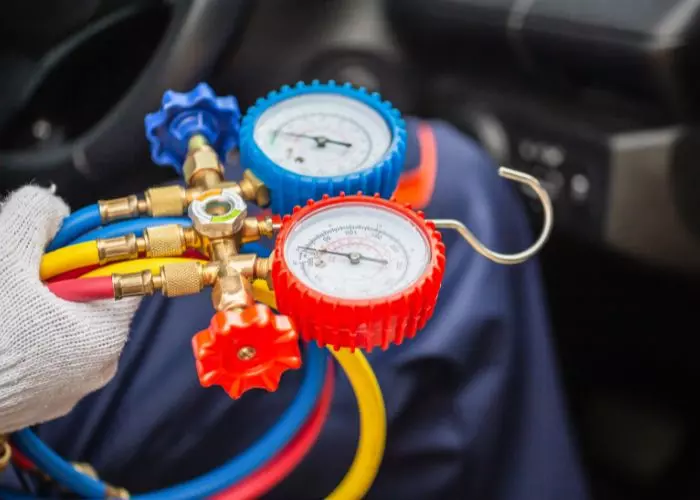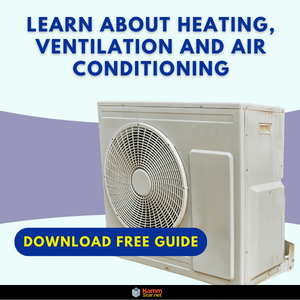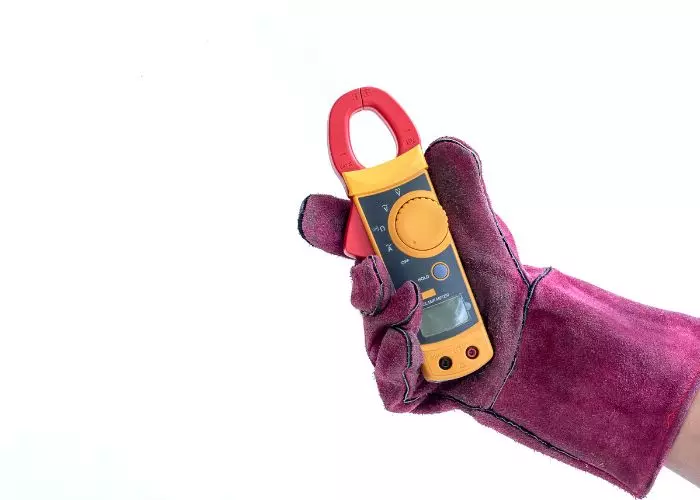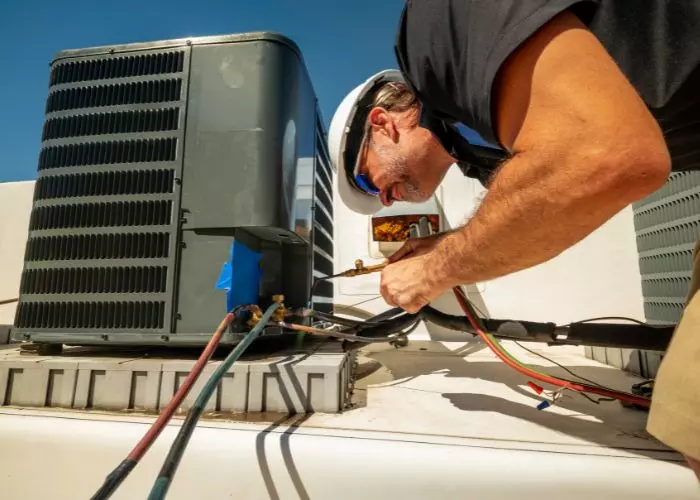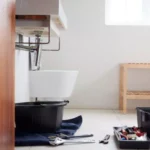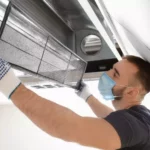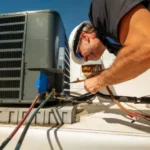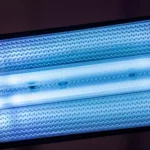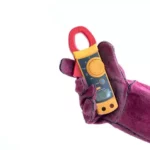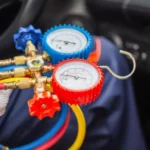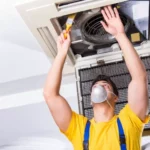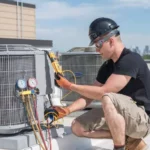Static pressure is a crucial concept in the field of Heating, Ventilation, and Air Conditioning (H VAC). It refers to the force exerted by air against the walls of ducts and other components as it moves through the HVAC system.
Understanding static pressure is essential for designing, installing, and maintaining efficient HVAC systems. In this article, we will delve into the fundamentals of static pressure in HVAC, its significance, and how it impacts the overall performance of heating and cooling systems.
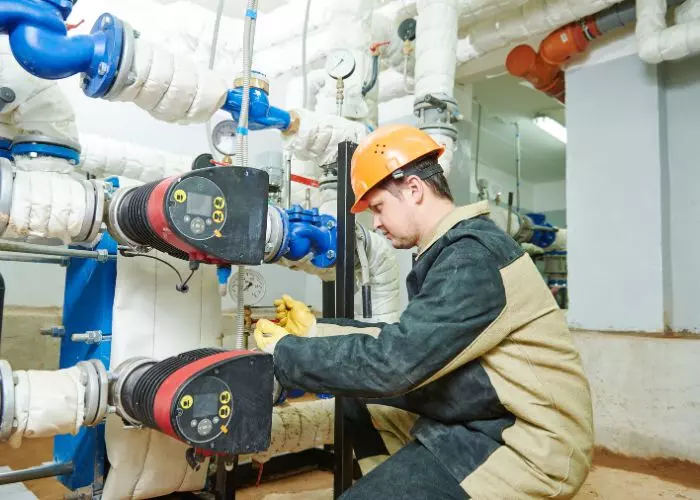
What Is Static Pressure HVAC
Static pressure, measured in inches of water column (inWC), is divided into two categories: positive and negative. Positive-pressure occurs when the air pushes outward on the system’s components, while negative pressure happens when the air pulls inward. Both types of pressure can adversely affect HVAC performance if not correctly managed.
The primary sources of static pressure in an HVAC system include ductwork friction, dampers, coils, filters, and grilles. Maintaining the correct static pressure is vital to ensure proper airflow and avoid issues like inefficient operation, hot and cold spots, and increased energy consumption.
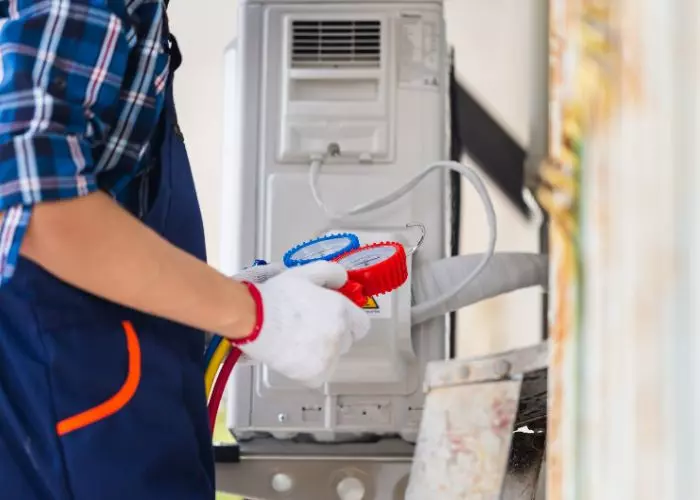
Importance of Proper Static Pressure
Proper static pressure is critical for ensuring an HVAC system operates efficiently and effectively. If the static pressure is too high, it can strain the system’s fan, leading to increased energy consumption and reduced equipment lifespan. On the other hand, low static pressure can result in inadequate airflow.
This result in leading to poor heating or cooling performance and reduced indoor air quality. By maintaining the correct static pressure, HVAC systems can provide optimal comfort, consistent temperatures, and improved energy efficiency, leading to lower utility bills and reduced environmental impact.
Measuring and Monitoring Static Pressure
HVAC technicians measure static pressure using specialized tools like manometers. During installation and regular maintenance, they assess the pressure at various points within the system to ensure it falls within the recommended range. Technicians also monitor static pressure to identify potential issues such as clogged filters, or blocked ducts.
Other potential issue is malfunctioning dampers. Advanced HVAC systems may include automated sensors that continuously monitor static pressure and adjust system components accordingly to maintain optimal airflow. Regular static pressure checks are essential for preventing problems, optimizing performance, and extending the lifespan of HVAC equipment.
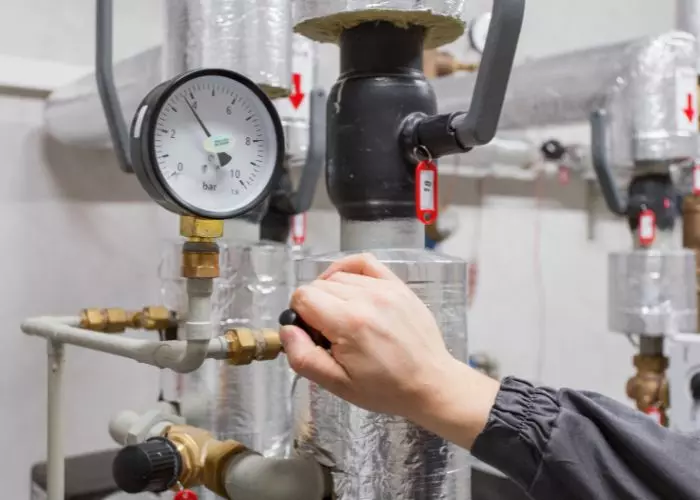
Strategies for Managing Static Pressure
HVAC professionals use several strategies to manage static pressure effectively. Proper duct design and sizing play a crucial role in minimizing pressure drop. Using smooth and adequately sized ducts reduces friction, ensuring efficient airflow. Correctly selecting and installing air filters, dampers, and grilles helps maintain the desired static pressure range.
HVAC systems equipped with variable speed motors can automatically adjust fan speed to compensate for changes in static pressure, optimizing airflow. Regular maintenance, including filter replacement and duct cleaning, is vital for keeping static pressure under control and ensuring the HVAC system performs optimally.

Relationship Between Static Pressure and Energy Efficiency
Static pressure and energy efficiency are closely linked in HVAC systems. When static pressure is too high, the system’s fan must work harder to push air through the ducts, resulting in increased energy consumption. Moreover, high static pressure can lead to more frequent cycling of the fan.
This reduces the system’s overall efficiency. On the other hand, low static pressure can cause the fan to move air inefficiently, wasting energy. By maintaining the correct static pressure, HVAC systems can operate more efficiently, providing better comfort while minimizing energy usage and operating costs. Study another article about HVAC in our blog.
Frequently Asked Questions
How does static pressure impact HVAC system performance and energy efficiency?
Proper management of static pressure is crucial for ensuring optimal airflow, efficient operation, and consistent comfort. When static pressure is too high, it strains the system’s fan and leads to increased energy consumption. Conversely, low static pressure results in inadequate airflow and reduced system efficiency.
How do HVAC professionals measure and monitor static pressure?
HVAC technicians use specialized tools like manometers to measure static pressure. During installation, they assess the pressure at various points within the system to ensure it falls within the recommended range. Some advanced HVAC systems include automated sensors that continuously monitor static pressure and adjust system components as needed.
What strategies are employed to manage static pressure effectively in HVAC systems?
HVAC professionals use various strategies to manage static pressure effectively.Proper duct design and sizing reduce friction and pressure drop. Selecting and installing appropriate air filters, dampers, and grilles also help maintain the desired static pressure range. HVAC systems adjust fan speed to compensate for changes in static pressure, optimizing airflow.
How does incorrect static pressure affect HVAC system components?
Incorrect static pressure can have adverse effects on HVAC system components. High static pressure can strain the system’s fan motor, leading to increased energy consumption and a shorter equipment lifespan. On the other hand, low static pressure may cause the fan to operate inefficiently, leading to poor heating-cooling performance.
What role does static pressure play in indoor air quality (IAQ)?
Static pressure influences indoor air quality in HVAC systems. Proper static pressure management ensures adequate ventilation and prevents air stagnation, helping to reduce the presence of pollutants, allergens, and contaminants indoors. By maintaining optimal airflow, HVAC systems can effectively filter and circulate fresh air throughout the building.
Conclusión
With proper static pressure management, HVAC systems can also contribute to improved indoor air quality by ensuring adequate ventilation and preventing air stagnation. Additionally, maintaining the correct static pressure helps reduce wear and tear on HVAC components, leading to extended equipment lifespan and lower repair costs.
Homeowners can enjoy enhanced comfort, balanced temperatures, and reduced energy bills, making a win-win situation for both their wallets and the environment. In conclusion, static pressure remains a vital factor in the HVAC industry, and its proper understanding and implementation are essential for achieving optimal system performance, and energy efficiency.



